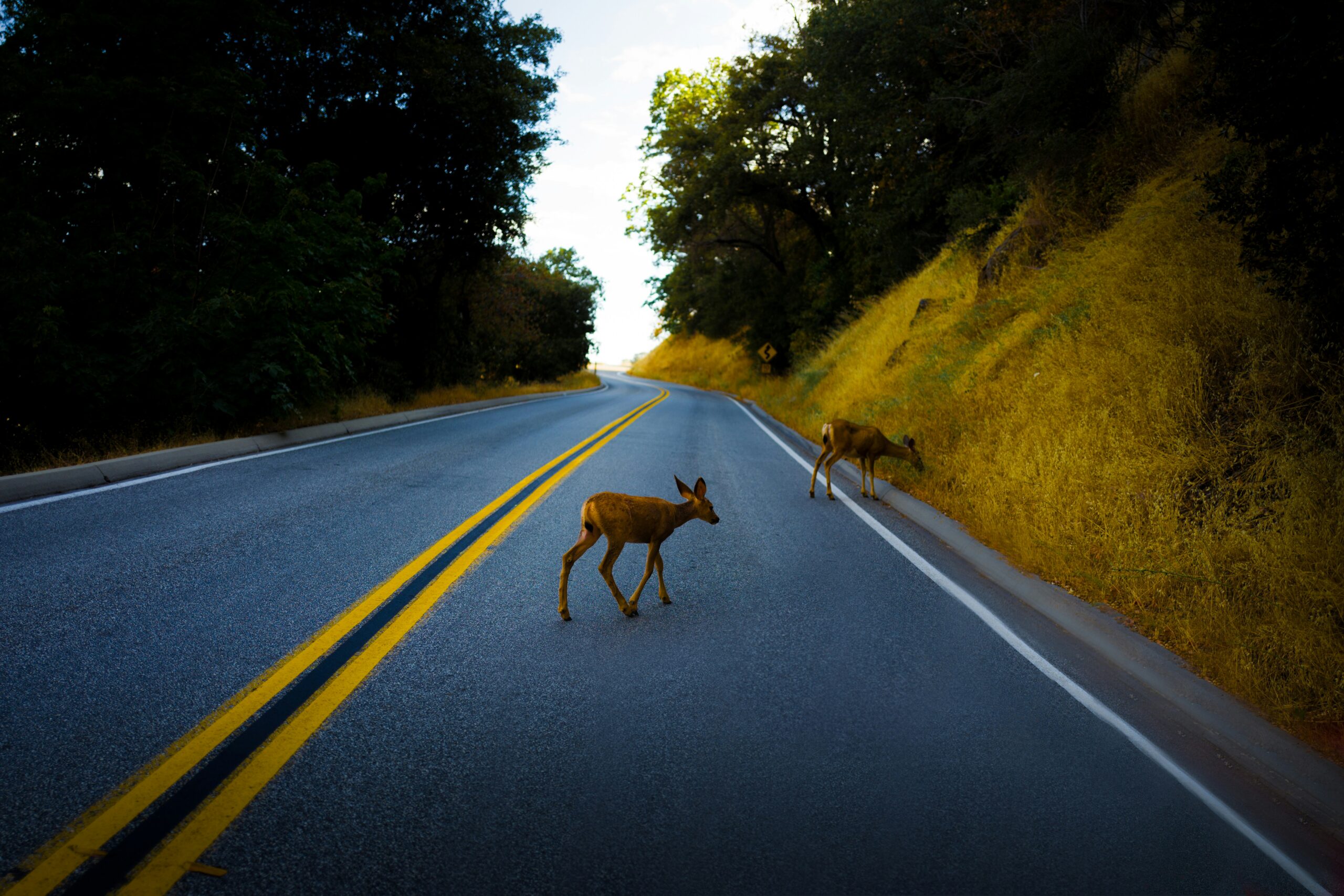California’s $92 Million Wildlife Crossing Project to Protect Animals and Save Lives!
In a bid to mitigate the devastating impact of human infrastructure on wildlife habitats and the alarming rate of wildlife-vehicle collisions, California embarks on a groundbreaking endeavor: the construction of the Wallis Annenberg Wildlife Crossing. Situated over Highway 101 in Los Angeles County, this ambitious project is poised to become the largest wildlife crossing of its kind globally, offering a lifeline for diverse species navigating between the Santa Monica Mountains and the Simi Hills of the Santa Susana mountain range.
Each year, over one million wildlife-vehicle collisions afflict America, resulting in a staggering toll of 200 human fatalities and 26,000 injuries. Recognizing the urgency of this issue, the Wallis Annenberg Wildlife Crossing, with an estimated cost of $92 million, emerges as a beacon of hope and innovation. Spearheaded by a public-private partnership comprising entities such as Caltrans, the National Park Service, and the National Wildlife Federation, this visionary initiative endeavors to create a safe passage for a myriad of wildlife species, including mountain lions, bobcats, deer, lizards, coyotes, snakes, and ants.
Since breaking ground on Earth Day two years ago, the project has achieved significant milestones, with the recent installation of the first horizontal section marking a pivotal step forward. Spanning 210 feet and traversing eight lanes of traffic, the wildlife crossing will serve as a vital conduit for wildlife movement, fostering connectivity between fragmented habitats. Over 80 concrete girders, each weighing between 126 and 140 tons, will be meticulously positioned to form the bridge structure, ensuring both durability and functionality.
Beyond its utilitarian purpose, the Wallis Annenberg Wildlife Crossing embodies a commitment to ecological restoration and biodiversity conservation. Adorned with over a million native plants and enveloped in lush vegetation, the crossing will provide a verdant sanctuary for wildlife, seamlessly blending into the surrounding landscape. Extensive landscaping efforts encompassing 12 acres on either side of the crossing will further enhance its naturalistic appeal, offering a respite for weary travelers.
This makes me happy finally being able to see the process after MANY years.
The 'World's Largest Wildlife Crossing' Will Help Animals Walk Safely Over Eight Lanes of California Traffic – https://t.co/77G8HMRoMB @smithsonianmag— 🌺 Allison Shapiro 🌺 (@ARShapiro68) April 29, 2024
While the benefits of the crossing extend to various species, wildlife experts hold particular optimism for the plight of mountain lions. Hindered by urban sprawl and fragmented habitats, these majestic predators face mounting challenges, including diminished genetic diversity and increased susceptibility to health ailments. The Wallis Annenberg Wildlife Crossing symbolizes a beacon of hope for these iconic creatures, offering a pathway to genetic rejuvenation and long-term survival.
The legacy of one remarkable mountain lion, P-22, epitomizes the urgent need for such interventions. Despite his resilience and tenacity, P-22’s tragic demise underscored the perils of isolation and habitat fragmentation. His story galvanized widespread support for the wildlife crossing project, highlighting the critical role of infrastructure in safeguarding biodiversity and preventing further loss.
As construction progresses towards completion in 2025, the Wallis Annenberg Wildlife Crossing stands as a testament to human ingenuity and environmental stewardship. By fostering harmonious coexistence between humans and wildlife, this visionary initiative paves the way for a sustainable future where nature thrives alongside modern infrastructure.









